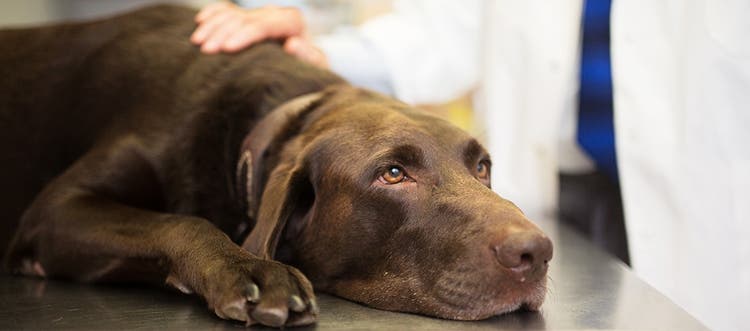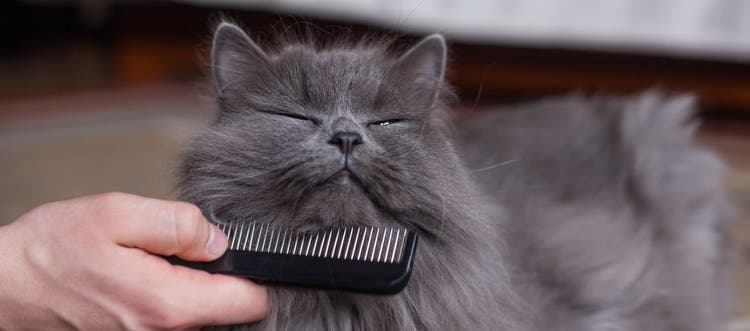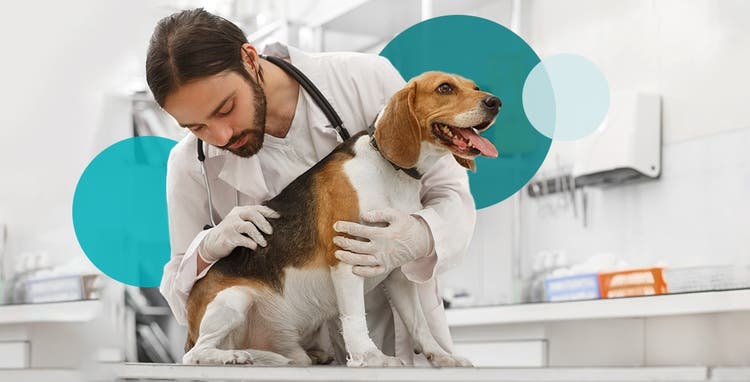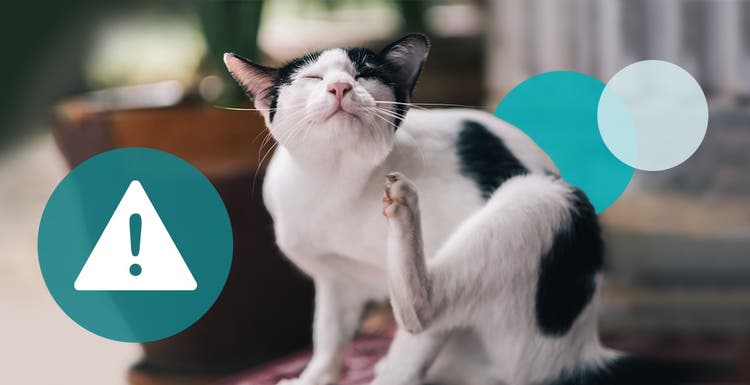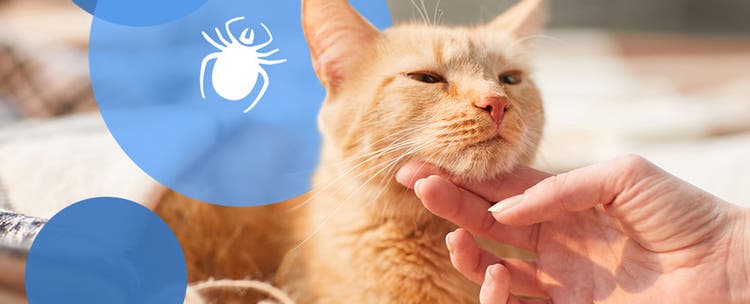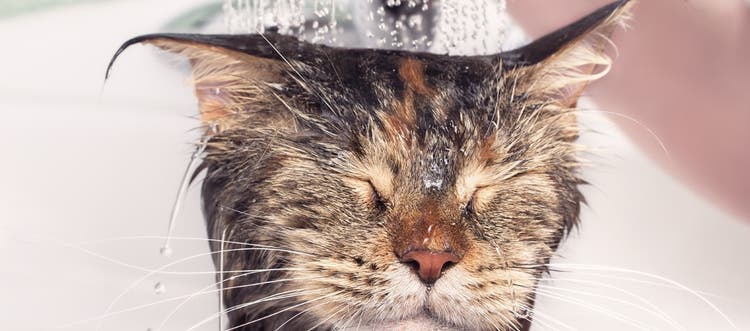How to handle your pet’s fur and skin issues.
Unless your pet is one of the few hairless breeds out there, there’s a good possibility your dog or cat will experience shedding, matted fur or even dandruff at some point. Here are some tips on understanding and addressing each of these common skin and fur concerns.
Shedding
Dogs and cats naturally develop thicker coats in the winter and shed in the spring, but some breeds also shed year-round. Some shedding is natural and simply requires regular brushing and/or bathing.
Why Is My Cat or Dog Shedding?
While some dog and cat breeds have gained a reputation as shedders, the truth is that all pets shed. Shedding is a natural response pets have to changes in temperature or sunlight. However, because most pets spend the majority of their time indoors, they often shed year-round.
If your pet is shedding excessively or has bald patches, it can be an indicator of stress, poor nutrition, allergies, parasites (such as mites, fleas or lice) or more serious illnesses such as hormonal imbalances or cancer. Always take your pet to the veterinarian if you have a concern about their health.
How to Help Manage Your Pet’s Shedding
Once you rule out a serious health issue, you can take certain steps to help manage your pet’s shedding:
- Limit stress. Has your pet recently been introduced to new stressors, like a new family member or a recent move? Stress can be a common culprit for increased shedding.
- Consider supplements. Some cat and dog supplements contain ingredients that promote skin health, such as omega fatty acids. Talk to your vet about which supplement might be right for your pet.
- Keep your pet hydrated. Dehydration can lead to dry skin and result in more shedding. If your pet doesn’t like to drink water, try giving them more wet food.
- Bathe them regularly. Use a shampoo formulated to moisturize and nourish dry skin in dogs or cats.
Matted Fur
Pets with long coats, especially cats, are at risk for developing matted fur in the form of tangles or knots. Mats tend to occur under the collar, under legs (in “armpits”), behind the ears, on the backs of legs or on the hip where your cat or dog tends to lay most often, but can occur anywhere.
What Causes Matted Fur on Your Pet?
In older or overweight cats, mats are especially common on the back half of the body because they have more difficulty reaching and grooming those areas. It’s important to get rid of mats both for your pet’s appearance and for their health — sores, bugs and injuries can all hide under matted fur. Additionally, the mats themselves can be painful.
How to Get Rid of Matted Fur on Your Cat or Dog
The easiest way to avoid mats is to regularly brush your dog or cat. Brush small sections at a time so you aren’t pulling on the fur. You can also avoid matted fur by regularly bathing your pet. If the mats are too difficult to remove, consider taking your pet to a groomer to cut out the knotted fur.
Dandruff
Just like we do, cats and dogs naturally shed dead skin cells called dander or dandruff. This is normally a balanced process, but if you see lots of white flakes and scaly itchy skin on your dog or cat, they may have excess dandruff.
Why Does My Pet Have Dandruff?
Dandruff can be a minor sign that your cat or dog has dry skin from a change in humidity or season. It can also be a symptom of a larger problem, such as allergies, skin parasites (like fleas or mange), hormone imbalances, poor diet, or bacterial or fungal skin infections.
Flaky skin and dandruff most often occur along the pet’s back and around their tail, but can vary depending on the cause. Again, always take your cat or dog to the vet to rule out any medical issues before treating at home.
How to Help Manage Dog and Cat Dandruff
After consulting your vet, the home-remedy options for cat and dog dandruff include:
- Upgrading your pet’s diet. Skin conditions like dandruff may be a sign your dog or cat is not getting proper nutrients in their food.
- Adding supplements. Start giving a fish oil supplement (omega-3 fatty acids) made just for cats and dogs.
- Staying hydrated. Be sure your pet is drinking enough water, or add wet food to their diet.
- Bathing your pet. Use a specially formulated hydrating shampoo that contains oatmeal and omega-6 fatty acids, and bathe your pet regularly.
- Use a leave-on, after-bath mousse. In addition to shampooing, you can apply a mousse, rinse or conditioner to your pet’s skin and coat after a bath, when the fur is still wet and unwashed.
Ways to Help Prevent Common Fur Issues
Other tips for keeping your pet (and their skin) comfortable include:
- Avoid using harsh cleaners around your house.
- Make sure your pet gets regular exercise. They need to be able to groom themselves, and being overweight can prevent them from doing so.
- Don’t let your pet excessively scratch or lick affected areas. Keep them distracted with a toy stuffed with peanut butter, or get a cone or donut to put around their neck so they can't reach.
- Don’t use a blow dryer after bathing your pet — it can dry out their skin.
- If your pet is diagnosed with a parasite, make sure to treat not only the affected pet, but also your other pets and any bedding that may also be affected.
If your dog or cat has fur, it’s normal for them to experience a pet-hair issue at some point. Establishing a regular grooming routine and following the tips above can go a long way in keep your pet’s coat healthy.
